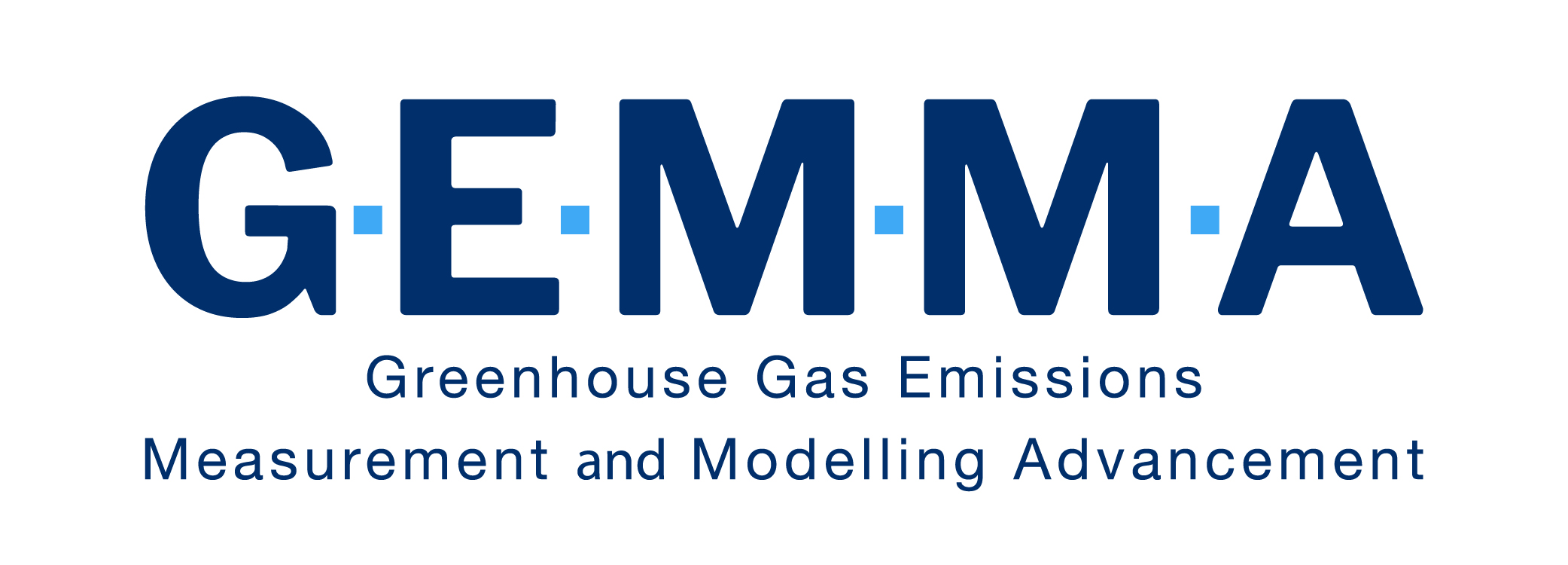The UK’s net zero target demands a joined up, multi-disciplinary science approach to decarbonise all sectors of the UK economy by 2050. To provide confidence in actual progress towards this target, a UK lead consortium, led by the National Physical Laboratory (NPL), have launched the Greenhouse Gas Emissions Measurement and Modelling Advancement (GEMMA) Programme.
The GEMMA programme will demonstrate an integrated total of measured UK emissions displayed through a monthly national emissions dashboard. This system will allow the UK to accurately measure and assess changes in greenhouse gases (GHGs), including vital information on the contribution from different sectors.
Get in touch to chat to one of our experts about how the GEMMA programme can help with your emission reduction planning and reporting.

This programme will provide crucial insight into the sources and sinks of GHGs within the UK, providing transparency in the areas of greatest uncertainty in the National GHG Inventory, alongside feedback on future mitigation policy and action. Over the next two years the data from this programme will contribute to an operational system framework that will define requirements and capabilities to map net zero implementation to 2050 and beyond.
To address the time critical challenge of delivering a fit for purpose national GHG emission measurement system a collaboration has been established between the following partners, to align and optimise impact from their respective capability and expertise:
These partners will engage with the wider scientific community and the breadth of potential end-users, to draw on additional capability and ensure optimisation of collaborative programme outputs. By working collectively and leveraging new and existing investment and activity, we are harnessing the full power of the UK’s research and innovation system to tackle large-scale, complex climate challenges.

Figure 1: The box with the dome is a sun-tracking Fourier transform infrared spectrometer (FTIR) that measures the greenhouse gases carbon dioxide, methane and carbon monoxide in a column of the atmosphere. Mounted on the pole behind is a Multi-Axis Differential Optical Absorption Spectroscopy (MAX-DOAS) instrument that measures the urban pollutants such as NO2, SO2 and ozone.
The programme budget is £12m funded by NERC, Building a Green Future fund and in-kind contributions from NPL and Met Office. If you would like to know more about how the GEMMA programme can help with your emission reduction planning and reporting, or you have any questions, please get in touch.
.jpg?lang=en-GB)